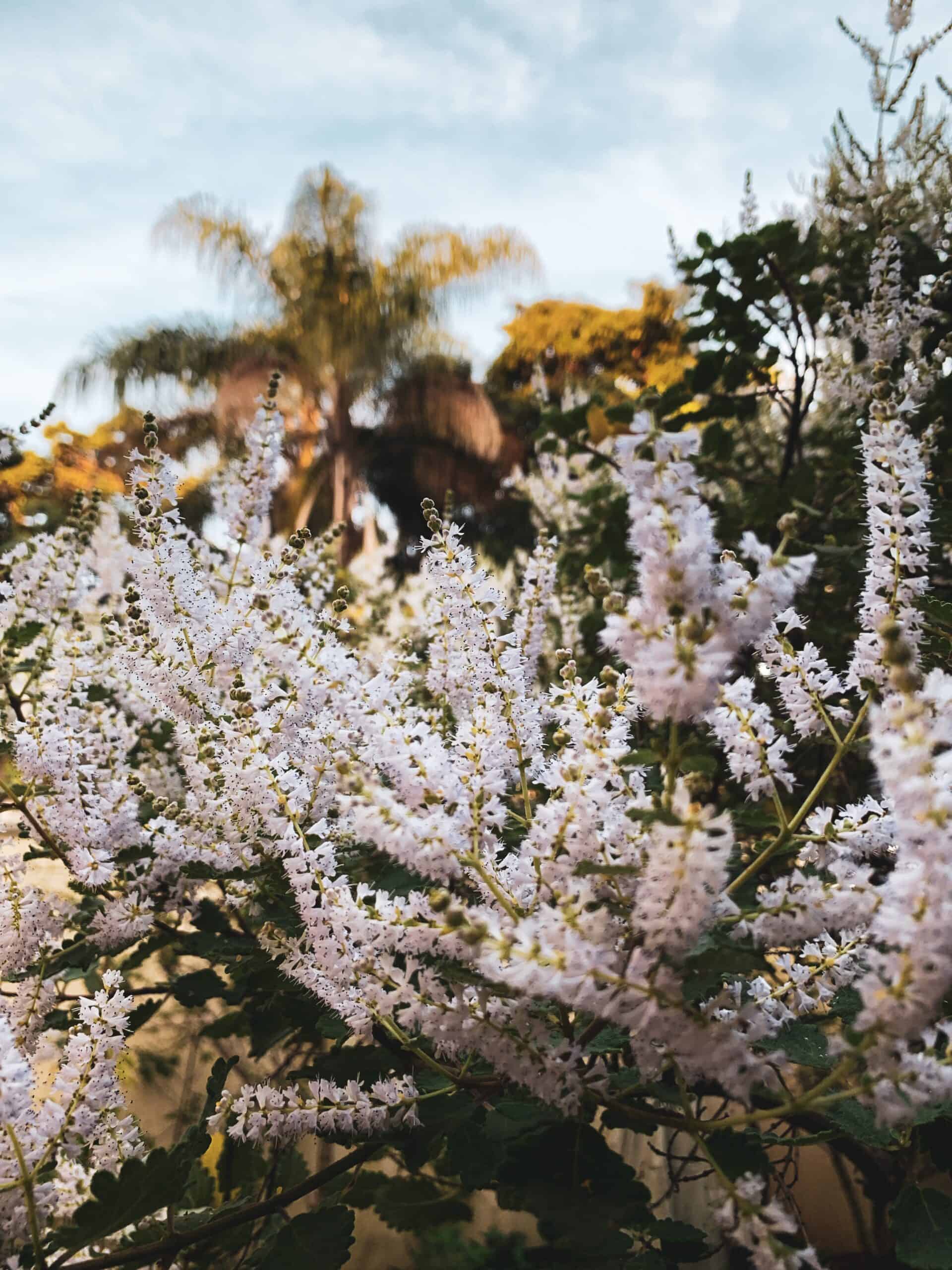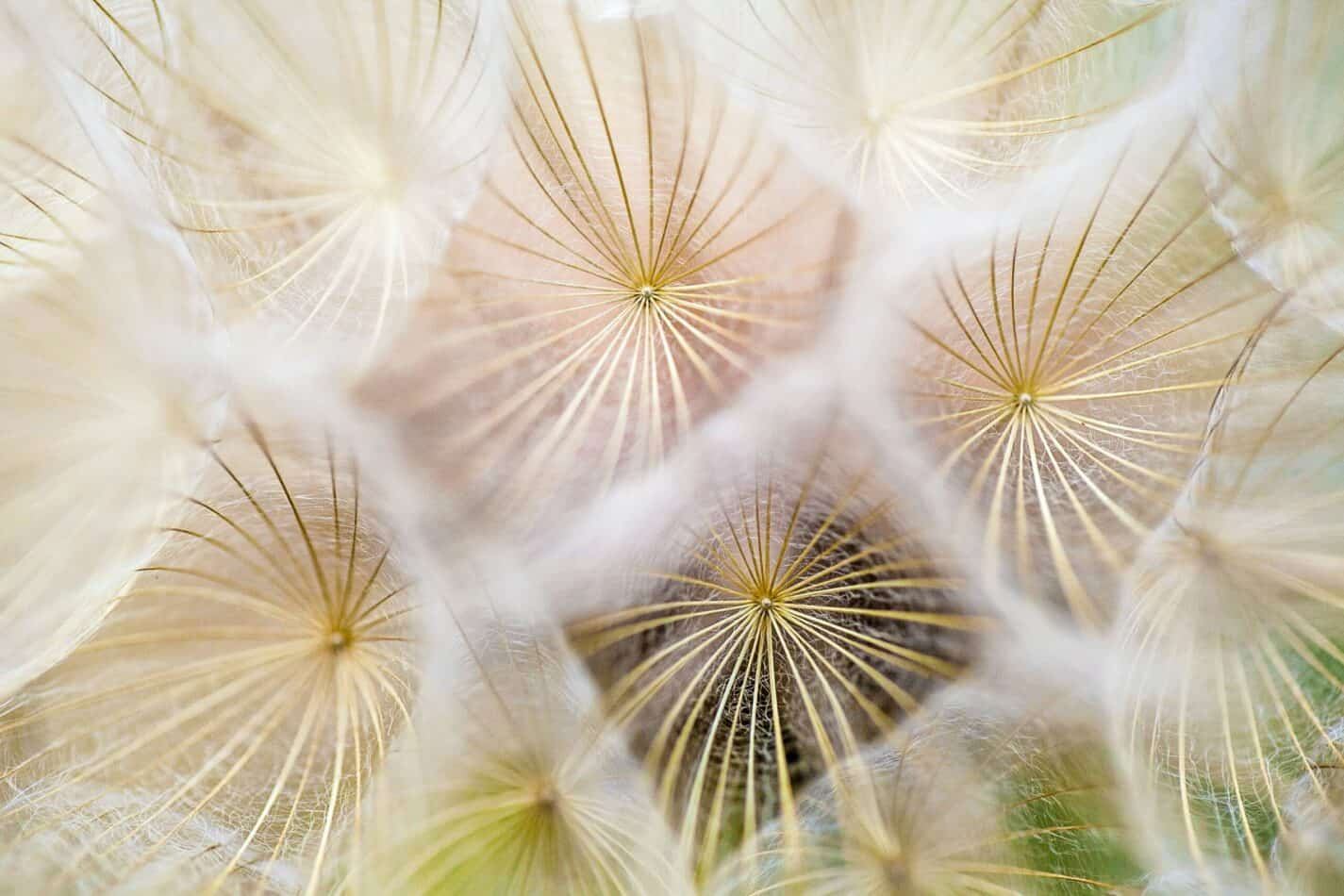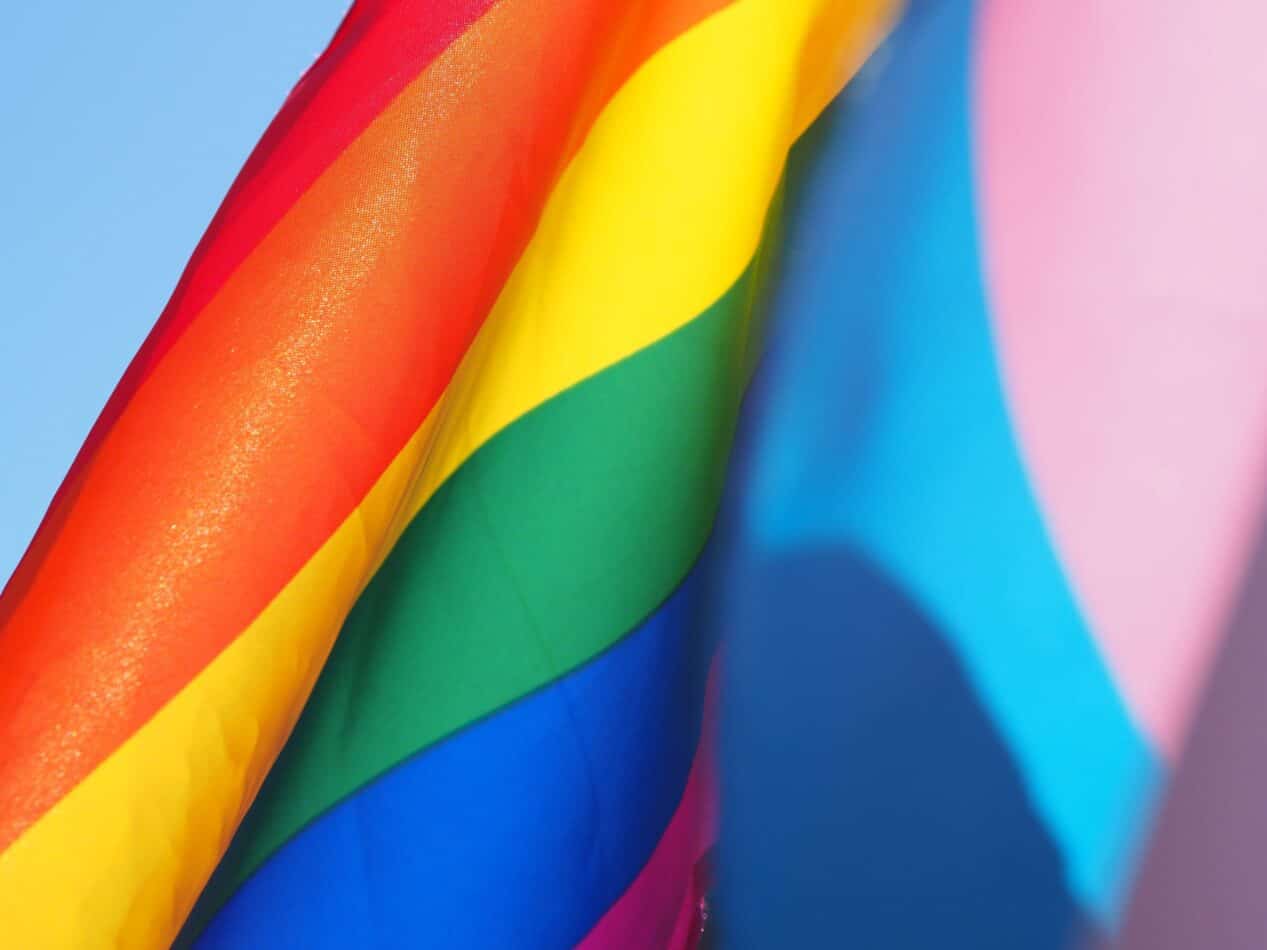The Torah, also known as the Pentateuch or the Five Books of Moses, is a central text in Judaism and forms the basis of the Old Testament in the Christian Bible.
Flowers are mentioned throughout the Torah in various contexts and have various meanings and symbolism. The Torah often mentions flowers as gifts, offerings, and symbols.
Flowers also play a role in the literature of the Torah, with the Song of Solomon in particular making extensive use of flower imagery to convey the themes of love and desire.
Here are the Top 15 Flowers and Plants in the Torah.
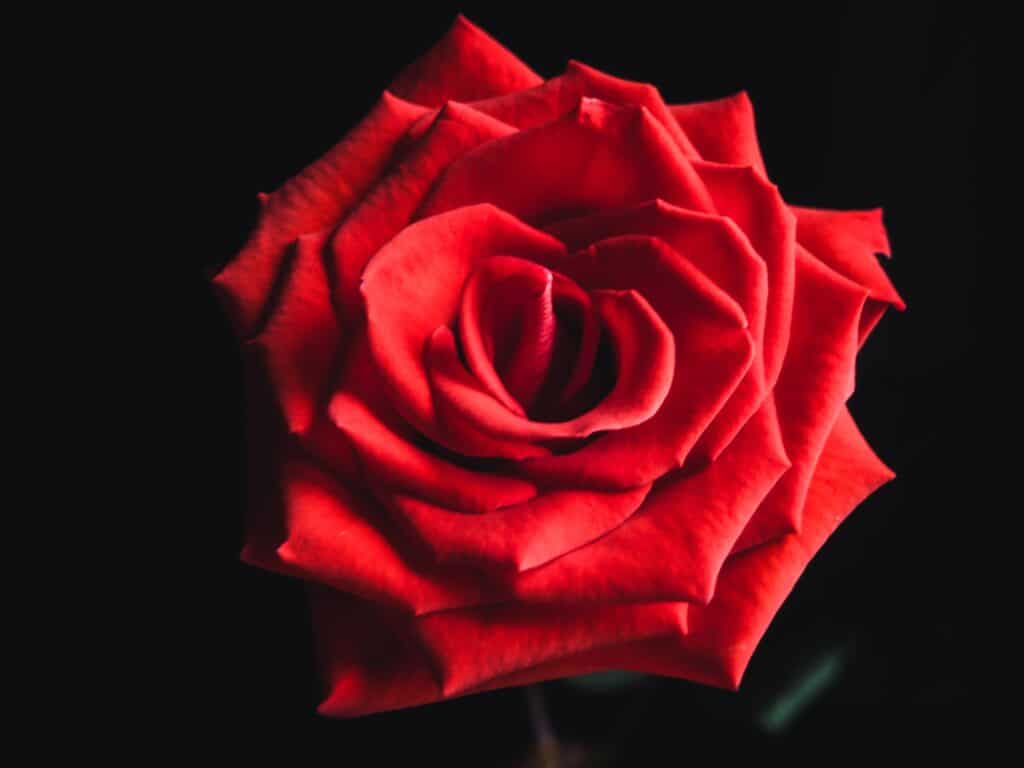
Top 15 Flowers and Plants in the Torah
- Rose: The rose is mentioned in the Song of Solomon as a symbol of love and beauty. It is also associated with the Virgin Mary in Christian symbolism.
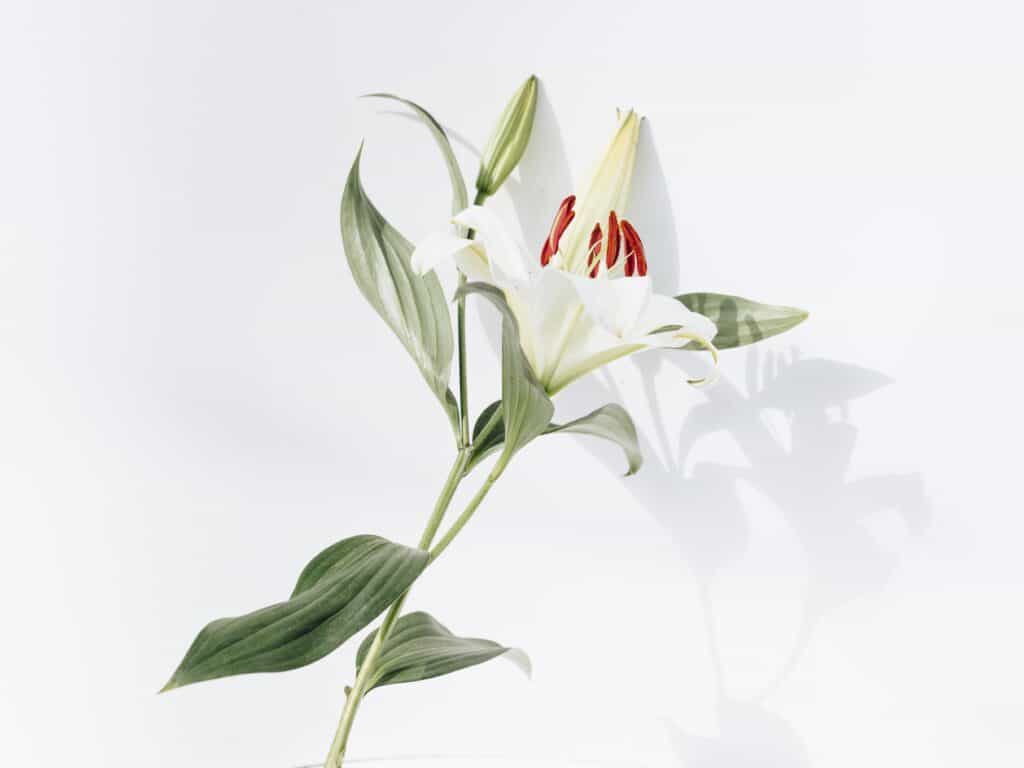
- Lilly: The lily is mentioned in the Song of Solomon as a symbol of purity and innocence. In Christian symbolism, the lily represents the resurrection of Jesus.
- Almond: The almond tree is mentioned in the Torah as a symbol of God’s promise to Abraham and his descendants. In the New Testament, the almond tree is also a symbol of the resurrection.
- Mandrake: The mandrake is mentioned in the Torah as a love potion and as a fertility symbol. It is also associated with the story of Leah and Rachel in the Book of Genesis.
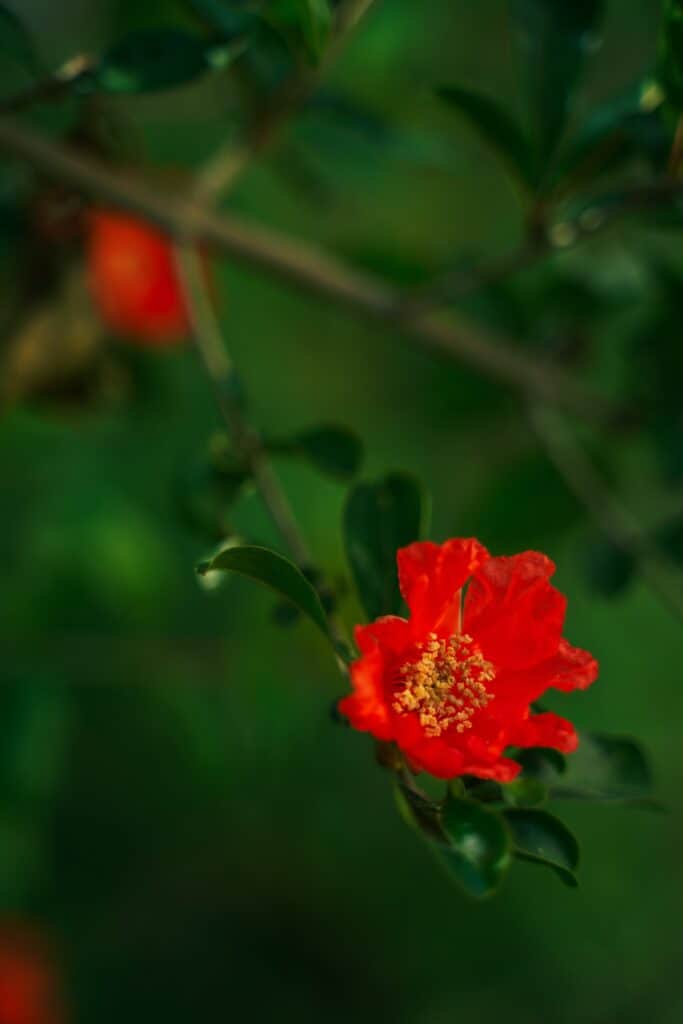
- Caper: The caper is mentioned in the Torah as a symbol of joy and celebration. It is also used in traditional Jewish cooking as a garnish.
- Pomegranate: The pomegranate is mentioned in the Torah as a symbol of abundance and fertility. It is also associated with the Hebrew New Year, Rosh Hashanah, and is a common motif in Jewish art and architecture.
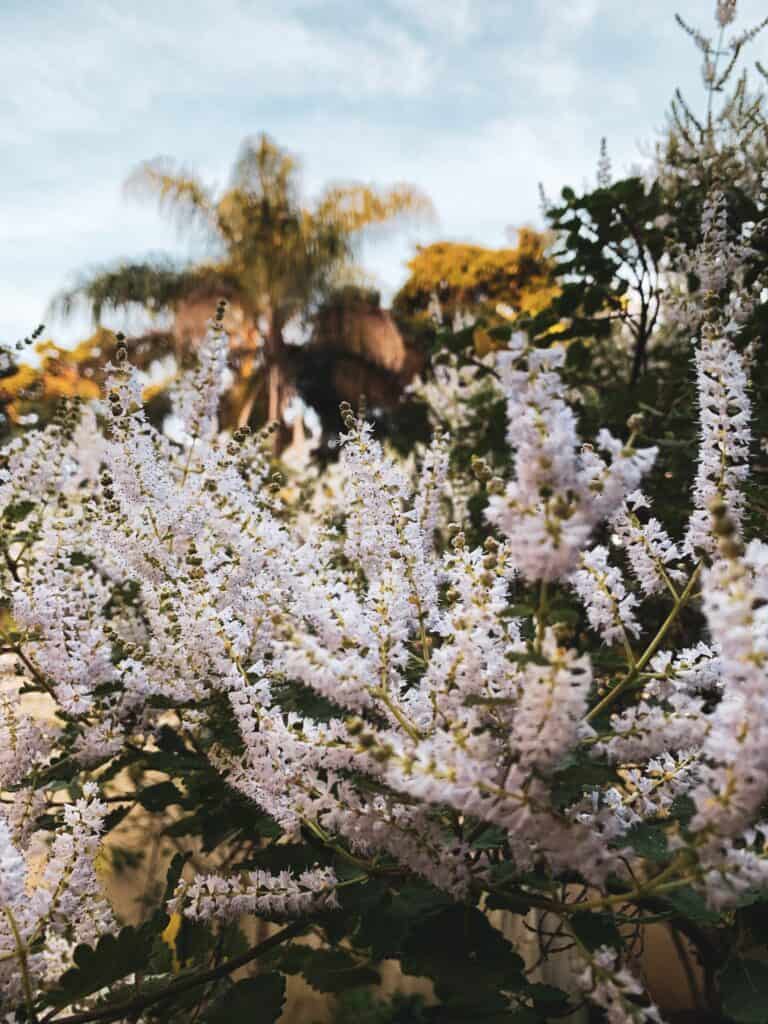
- Myrrh: Myrrh is a fragrant resin used in perfumes and incense. It is mentioned in the Torah as an ingredient in the holy anointing oil and as a gift brought by the Magi to the baby Jesus.
- Cinnamon: Cinnamon is a spice mentioned in the Torah as an ingredient in the holy anointing oil and as a valuable commodity in trade. It is also mentioned in the Book of Proverbs as a symbol of wisdom and understanding.
- Frankincense: Frankincense is a fragrant resin used in perfumes and incense. It is mentioned in the Torah as an ingredient in the holy anointing oil and as a gift brought by the Magi to the baby Jesus.
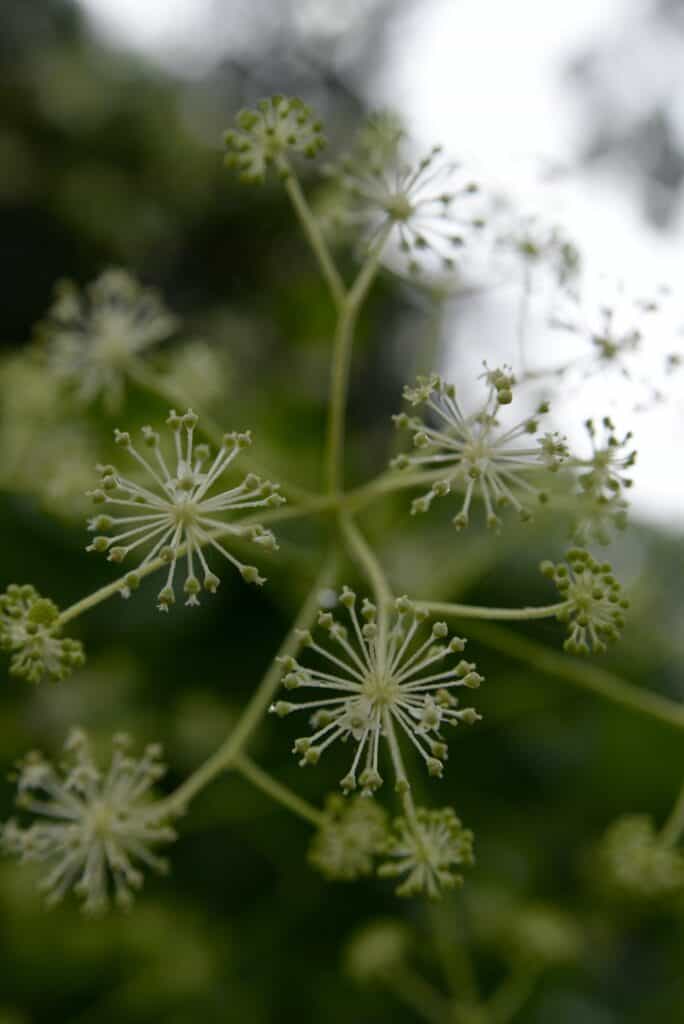
- Spikenard: Spikenard is a fragrant oil mentioned in the Torah as an ingredient in the holy anointing oil and as a gift brought by the woman in the story of the “Anointing at Bethany” in the New Testament.
- Cypress: The cypress is a type of tree mentioned in the Torah as a symbol of mourning and lamentation. It is also associated with the Underworld in ancient Egyptian mythology.
- Willow: The willow is mentioned in the Torah as a symbol of grief and sadness. It is also associated with the Hebrew month of Av, a time of mourning for the destruction of the Temple in Jerusalem.

- Oak: The oak is mentioned in the Torah as a symbol of strength and stability. It is also associated with the Hebrew patriarchs Abraham, Isaac, and Jacob.
- Cedar: The cedar is mentioned in the Torah as a symbol of nobility and strength. It is also associated with the construction of the Temple in Jerusalem and with King Solomon.
- Fir: The fir is mentioned in the Torah as a symbol of righteousness and faithfulness. It is also associated with the celebration of Hanukkah, the Festival of Lights.
These flowers and Plants/Trees, along with their meanings and symbolism, have had a rich history in the Torah and continue to be important in Jewish and Christian tradition
What we love from Amazon this week
Buy these wonderful flowers directly from Amazon:


